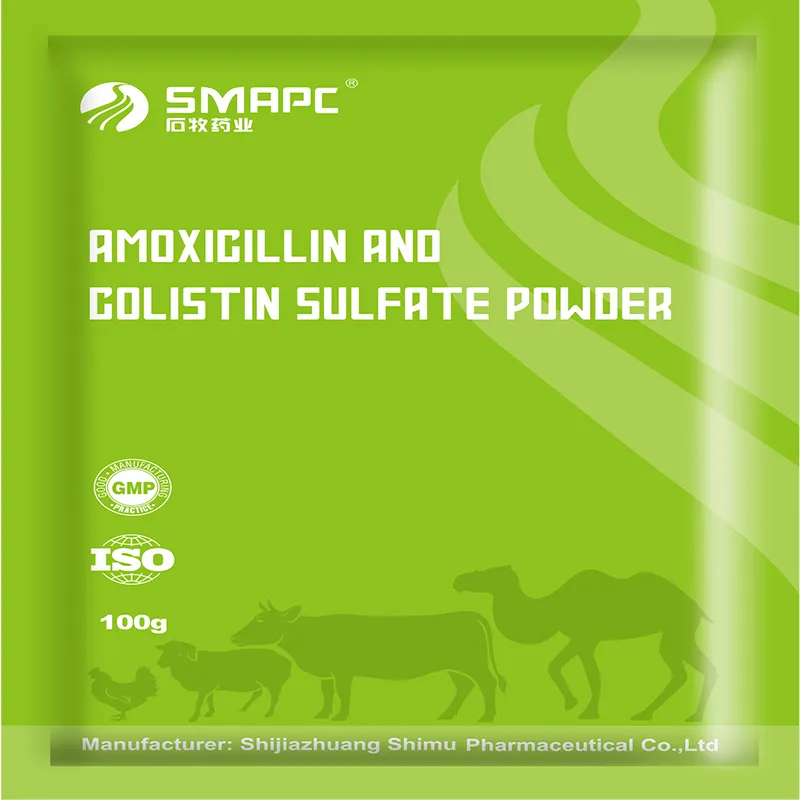3. Vitamin C While dogs can produce Vitamin C, additional supplementation can be beneficial, especially for older dogs or those with health issues. Vitamin C is an antioxidant that helps reduce inflammation, supports the immune system, and improves skin health. Sources include fruits and vegetables like blueberries and broccoli.
adult dog vitamins









